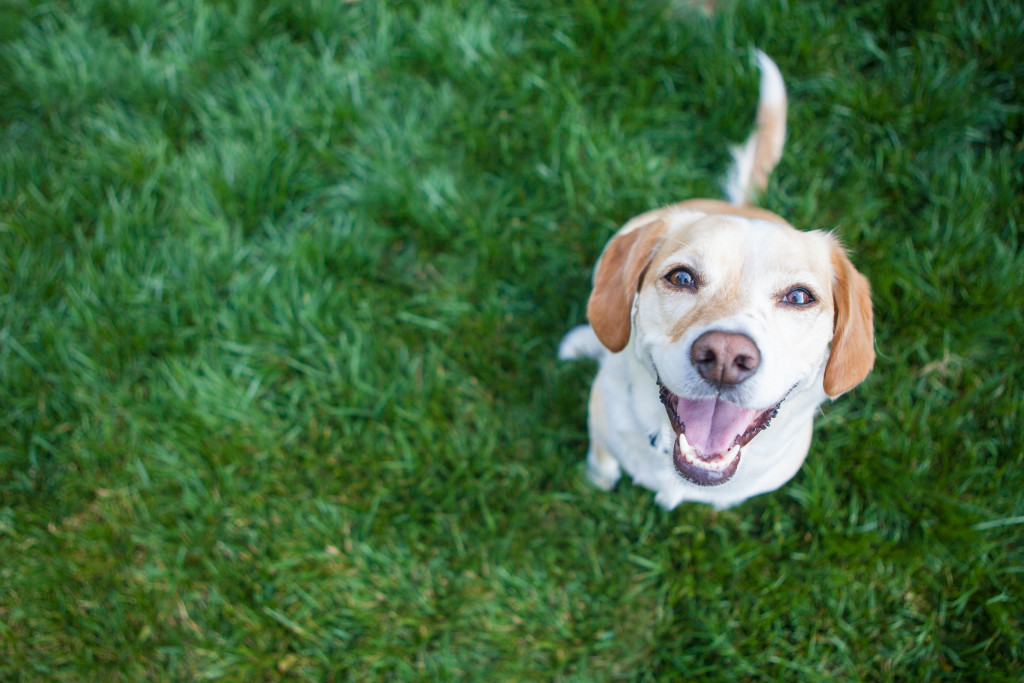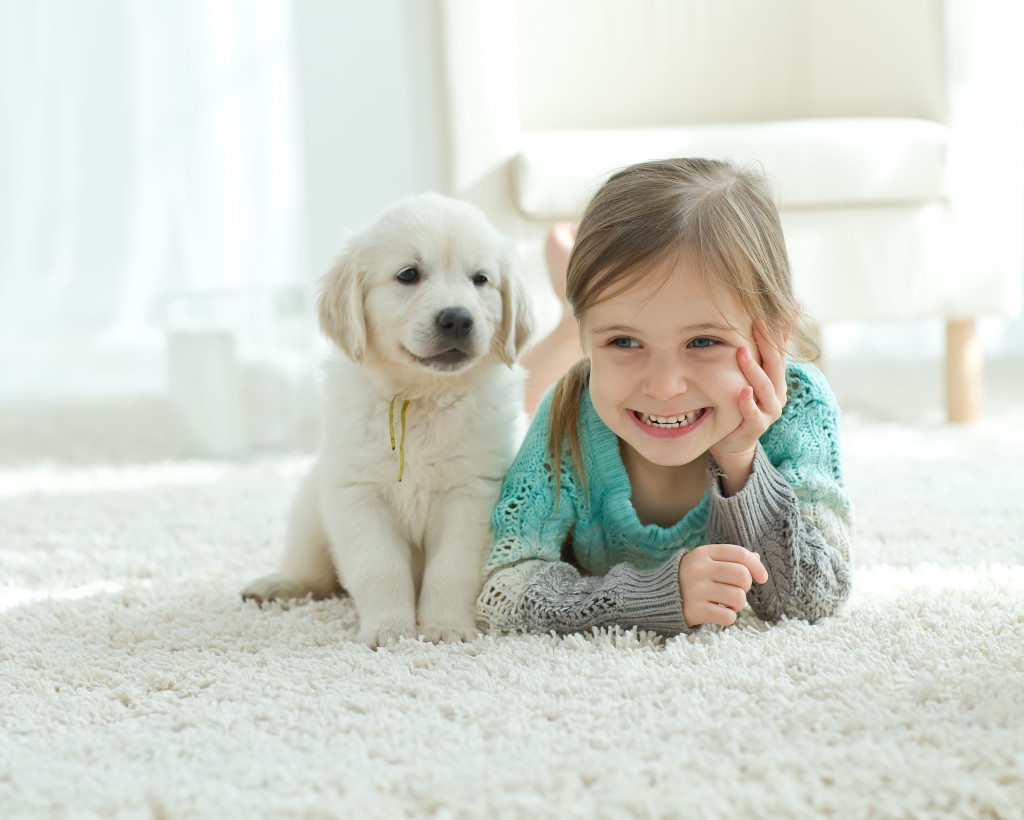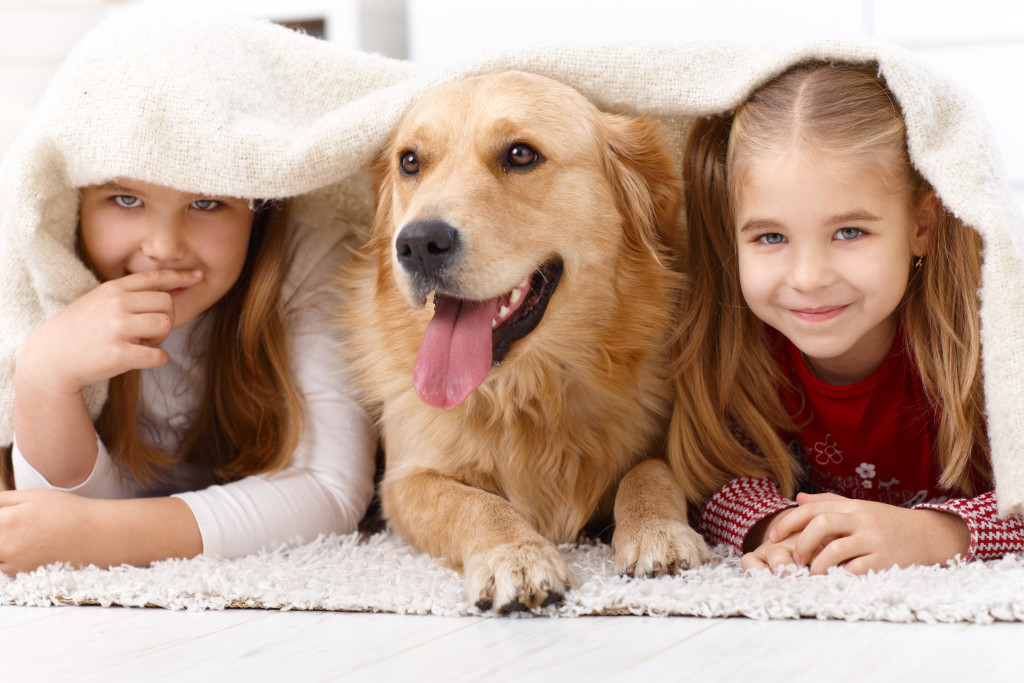- Dogs and children form a unique familial bond that requires careful introduction, mutual respect, and supervision.
- Dogs need proper training, from basic obedience to behavior modification, for safe cohabitation with children.
- Educating children on respectful interactions with dogs is critical to prevent harm and promote a positive relationship.
- Supervision of interactions between children and dogs ensures safety and understanding of each party’s boundaries.
Dogs and children often share a unique bond that can closely mirror the relationship between human siblings. This deep connection is more than just a shared living space; it’s a mutual understanding and a source of emotional support. A study conducted by the University of Cambridge found that children get more satisfaction from relationships with their pets than with their brothers or sisters. Pawsome fact, isn’t it? But wait, there’s more! This study also found that children with dogs felt a more vital companionship than children with other pets. Indeed, dogs play a critical role in a child’s life, offering more than just companionship – they teach children about responsibility, empathy, and the cycle of life.
However, it takes a lot of work to ensure that the dog is a safe and positive influence on a child’s development. Of course, the child must also be taught how to interact with the dog respectfully. Here is a guidebook on creating a familial bond between your dog and children.
Introducing Your Dog to Your Child
The safe introduction of your dog to your child is crucial to fostering a healthy relationship between them. It not only ensures the safety of your child but also helps in setting a comfortable environment for your pet. It’s essential to remember that both your child and your dog have their personalities and boundaries, which must be respected for a harmonious cohabitation.
Here are a few steps to consider during this crucial introduction:
- Start with Controlled Interactions: Don’t let the dog and child interact freely immediately. Initially, keep the dog on a leash or behind a baby gate to manage their interaction.
- Educate your Child: Teach your child how to approach a dog. Let them know that they should not disturb the dog when it is eating, sleeping, or has a toy. Additionally, explain that hugging or pulling the dog’s tail isn’t a loving gesture for the dog.
- Gradual Increase in Interaction: Gradually increase interaction time between them. Monitor these interactions to ensure that they are positive for both the dog and the child.
- Praise and Reward: Whenever your dog behaves well with your child, reward it with treats and affection. This will encourage your dog to see your child as a positive influence.
Remember, patience is critical to building a solid bond between your child and your dog. Take your time, and don’t rush the process.
Ensuring Proper Training for Dog

Proper training is pivotal for dogs, especially when they are a part of a household with children. Training not only helps manage the dog’s behavior but also ensures the safety of your child and fosters a healthy bond between them. A well-trained dog is more likely to listen to commands and less likely to exhibit aggressive behavior. Here are a few dog obedience training programs to consider:
Puppy Training Classes
Puppy training classes are the perfect starting point for your dog. These classes provide foundational training for your puppy, focusing on basic commands such as ‘sit,’ ‘stay,’ ‘come,’ etc. They also help puppies socialize with other dogs and humans, which is essential for their development.
Family Dog Training
Family dog training programs are beneficial as they involve the entire family in the training process. It encourages consistent commands and behavior expectations throughout the household. These programs often focus on training the dog to behave appropriately around children and other family members.
Advanced Obedience Training
Advanced dog obedience training is suitable for dogs that have mastered basic commands. These programs delve into more complex tasks such as heel, place, and off-leash activity. It helps in keeping the dogs mentally stimulated and well-behaved.
Behavior Modification Training
Behavior modification training is ideal for dogs exhibiting aggression, fear, or anxiety. Trained professionals work with your dog to change their response to stimuli, helping them react more appropriately.
Remember, every dog learns at its own pace, so patience and consistency are key. Choose a training program that suits your dog’s needs the best and helps create a safe and harmonious environment at home.
Supervising Child’s Actions Toward the Dog

Supervising your child’s interactions with the dog is vital to ensure the safety and well-being of both parties involved. Children, especially very young ones, may not fully understand the implications of their actions and could unknowingly harm the dog. Actions like pulling the dog’s tail or ears, attempting to ride the dog, poking the dog’s eyes, or even trying to share their food with the dog could potentially harm the pet or provoke an unwanted response.
An unsupervised child could also interrupt a dog’s peaceful moments, such as sleeping or eating, causing stress or discomfort to the pet. Additionally, children might misinterpret a dog’s warning signs and continue to engage in an activity that the dog finds uncomfortable or threatening, leading to a potential accident.
In a nutshell, supervision is essential not only to protect the child but also to respect the dog’s boundaries and teach the child how to interact with their furry friend appropriately. Supervision becomes a learning opportunity for the child, reinforcing a respectful approach towards animals.
Final Thoughts
Dogs and children have a unique bond that can bring immense joy and positivity to your household. This bond, however, requires patience, effort, and proper training to be established safely. The key is to introduce the dog and child in a controlled manner, ensure adequate training for the dog, supervise interactions between them, and educate your child on how to treat animals with respect. With these steps, you can create a harmonious and loving relationship between your dog and child that will last a lifetime.

